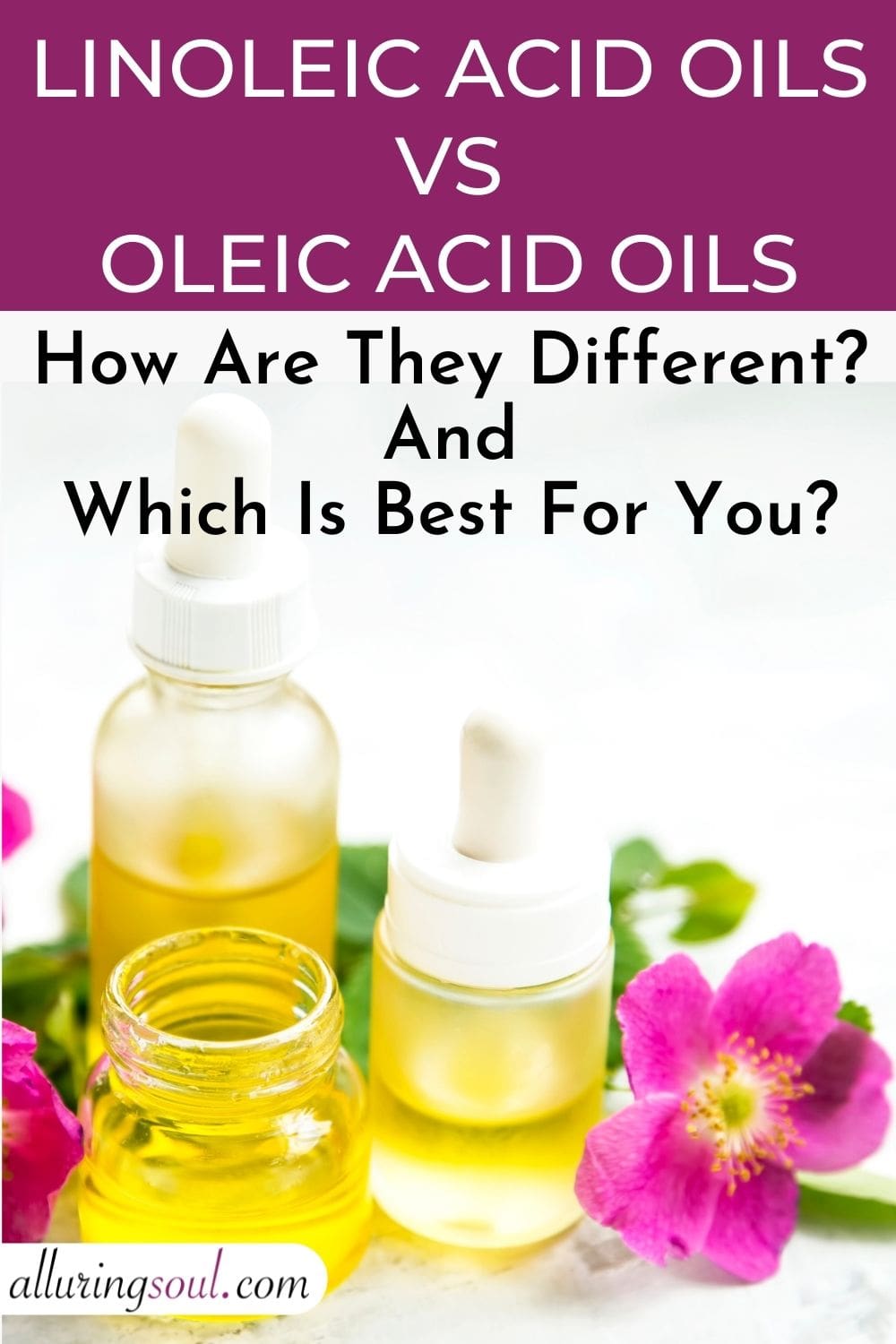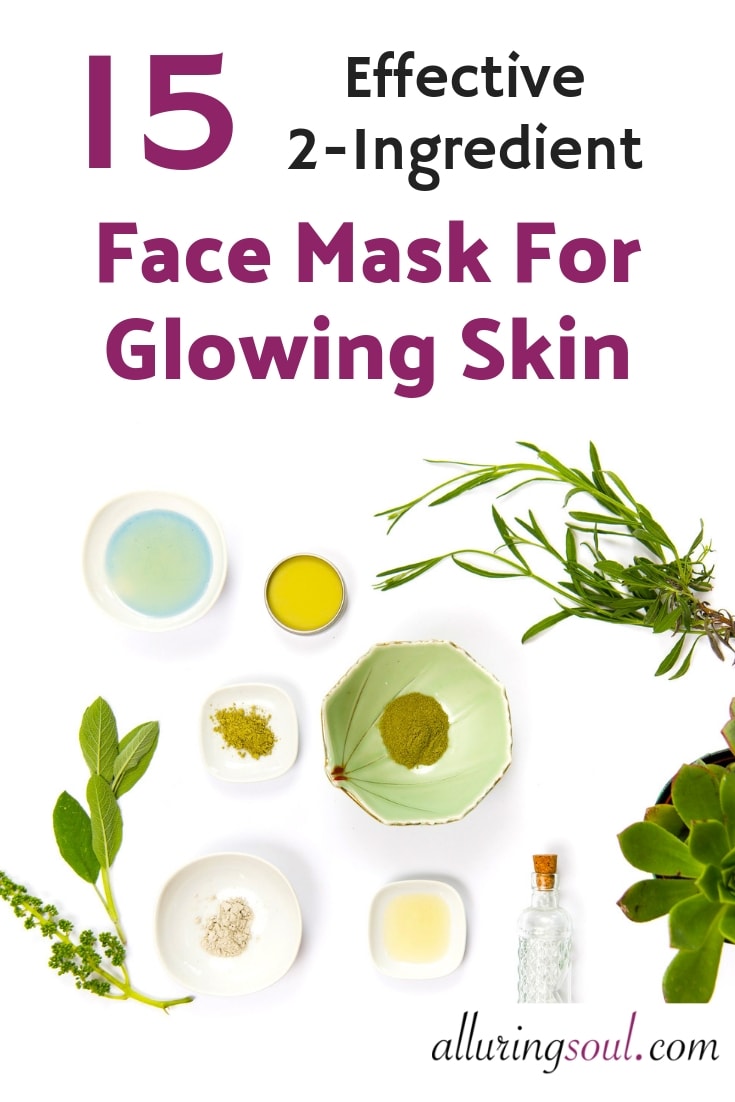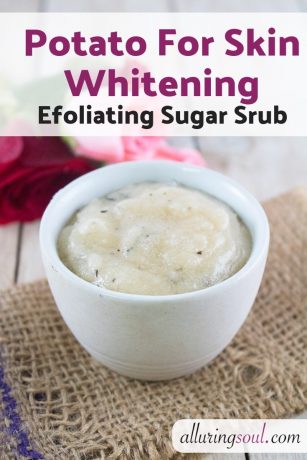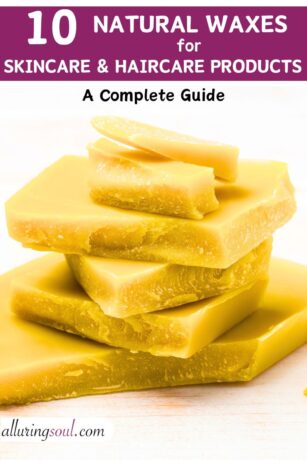The best guide to picking a carrier oil is knowing its linoleic and oleic acid content. These two essential fatty acids regulate the oil production, barrier formation, and the overall texture of our skin. The first difference between linoleic acid and oleic acid is that linoleic acid oils have a very low comedogenic rating and can get absorbed into the skin quickly whereas oleic acid oils are slightly viscous, take more time to be absorbed into the skin. The Second difference between linoleic acid and oleic acid is that linoleic acid oils are best for oily and acne-prone skin due to their non-comedogenic, lightweight texture whereas oleic acid oils are best for dry and mature skin.
Let’s get to know more about linoleic acid vs oleic acid, their content in various natural oils, and why they are important for skin care.
What Is Linoleic Acid?
Linoleic acid is an omega-6 fatty acid. It is polyunsaturated and appears as a clear or slightly yellowish liquid. Linoleic acid is an essential fatty acid. This means that our body does not produce linoleic acid. Instead, it has to be incorporated into our skincare routine from outside sources.
Linoleic acid is known for being a light liquid that gets absorbed into the skin quickly. Although it was initially obtained from linseed oil, linoleic acid is generally found in all plant oils in varying proportions.
What Are The Benefits Of Linoleic Acid For Skin?
Linoleic acid has a very low comedogenic rating. It can get absorbed in the skin quickly and shows results in a few weeks itself. Linoleic acid is known to combat acne and moisturize the skin. The complete range of benefits offered by linoleic acid are –
1. Linoleic Acid Strengthens Skin Barrier –
Linoleic acid is a part of the skin’s natural barrier. It allows the ceramides, lipids, and cholesterol to function properly and keep the barrier intact. If the barrier is weakened due to pollution, free radicals, and other external factors, the skin loses moisture rapidly. By restoring the lipid barrier of the skin, linoleic acid locks the moisture and protects the lower layer of skin from dryness and other skin concerns.
2. Linoleic Acid Prevents Breakouts –
Linoleic acid is found to be effective against breakouts. It controls the sebum production of the skin, which is responsible for acne. Oils that are rich in linoleic acid can reduce the appearance of comedones such as whiteheads, blackheads, and pimples. Additionally, linoleic acid can be used as a moisturizer for people with oily and acne-prone skin which is not suited to other comedogenic moisturizers.
3. Linoleic Acid Reduces Hyperpigmentation –
The hyperpigmentation on our skin is caused by a class of cells in the epidermis called melanocytes. Linoleic acid suppresses melanin formation by active melanocytes. This can effectively combat blemishes, sunspots, and helps in lightening the skin tone.
4. Linoleic Acid Reduces Inflammatory Skin Concerns –
Linoleic acid also has anti-inflammatory properties. When applied to the skin, linoleic acid converts to arachidonic acid, which produces Prostaglandin E2 (PGE2), an inflammatory mediator. PGE2 suppresses the cell’s response to inflammation and can reduce swells, bumps, and redness on the skin. In addition to this, it can also boost keratinocyte and lipid synthesis, which leads to healthy skin.
Which Type Of Skin Will Get Benefit From High Linoleic Acid Oils?
Being light in texture and consistency, the major advantage of oils that are rich in linoleic acid is that they do not clog the pores of the skin. Although all skin types can benefit from high linoleic acid oils, they are mostly favored by those with oily and acne-prone skin.
The List Of High Linoleic Acid Oils
The major source of linoleic acid is plant oils. By using these oils as a part of our skincare regimen, you can utilize the wide range of benefits that they offer. The carrier oils with the highest content of linoleic acid are as follows:
- Safflower oil- 74.62%
- Evening Primrose oil-65-80%
- Watermelon seed oil- 70%
- Grapeseed oil – 69.6%
- Sunflower oil- 65.7%
- Prickly Pear seed oil- 63%
- Hemp oil- 54.3%
- Corn oil- 59%
- Wheat germ oil- 55%
What Is Oleic Acid?
Another essential fatty acid that is useful for the skin is oleic acid. Oleic acid is a monounsaturated, omega-9 fatty acid with a clear appearance. Using oleic acid-rich carrier oils moisturizes the skin extensively, keeping it soft and supple. However, it is important to note that oleic acid-rich oils being slightly viscous, take more time to be absorbed into the skin than other lightweight oils.
Oleic acid is naturally found in the human body in the adipose tissues. While the major source of oleic acid in olive oil, several other plant oils also have a high content of oleic acid.
What Are The Benefits Of Oleic Acid For Skin?
Oleic acid oils are great for dry or aging skin. Due to its higher comedogenic rating than linoleic acid, it has a deep moisturizing effect on the skin. The benefits of using oleic acid are –
1. Oleic Acid Moisturises the Skin –
Oleic acid is one of the primary fatty acids that can prevent transepidermal water loss (TEWL). Due to its oily nature, it can form a layer on top of the skin and prevent moisture from escaping the skin. This moisture replenishing nature of oleic acid makes it a good emollient. Because of this, oleic acid hydrates the skin, reduces wrinkles, dryness and keeps the skin plump and youthful.
2. Oleic Acid Fights Free Radicals –
One of the reasons why the skin looks wrinkled and lackluster is because of the effect of free radicals in the atmosphere. Free radicals damage the DNA and affect the overall complexion by breaking down the collagen, weakening the lipid layer, and forming age spots. Oleic acid is a well-known antioxidant. It can fight the free radicals and prevent the skin from looking dull or sagging.
3. Oleic Acid Helps in Healing and Cell Regeneration –
Oleic acid has a great soothing effect on the skin. By forming a moisturizing layer on the skin, it protects the skin from harmful pollutants and allows it to heal. Oleic acid is also found to accelerate the process of cell generation and collagen production.
For people suffering from psoriasis or eczema, oleic acid’s ability to rejuvenate the skin helps in healing dry and scarred skin.
4. Oleic Acid Acts as Penetration Enhancer –
Oleic acid is found to influence the skin’s natural barrier. It allows other hydrating agents, moisturizers to penetrate the skin to deeper levels and nourish the skin.
Which Type Of Skin Will Get Benefit From High Oleic Acid Oils?
Oleic acid is the most common fatty acid in nature. As almost all the oils that are rich in oleic acid have a comedogenic rating above 2, they have a slight tendency to clog the pores of the skin.
High oleic acid oils are ideal for those with dry or mature skin, as it helps to regain their firmness. For people with oily or acne-prone skin, it is best to steer clear of oils that are rich in oleic acid.
The List Of High Oleic Acid Oils
Several plant oils that are easily available around us are rich in oleic acid. By incorporating these carrier oils in your daily routine, you can achieve a healthy glow to your skin. The oils with the highest oleic acid content are as follows:
- Sweet Almond Oil- 86%
- Apricot Kernel Oil- 70%
- Acai Berry Oil- 55%
- Camellia Seed Oil- 79%
- Avocado Oil- 65%
- Hazelnut Oil- 85%
- Marula Oil- 78%
- Peach Kernel Oil- 75%
- Olive Oil- 80%
- Shea Butter Oil- 65%
List Of Oils That Contain High Amounts of Linoleic and Oleic Acid
Given that both linoleic acid and oleic acid offer vast benefits to the skin, you might consider using both these acids in your skincare. Especially for people with combination skin, oils that are rich in both linoleic and oleic acid are found to be more beneficial.
Some of these oils are as follows:
| Carrier Oil | Linoleic Acid Content | Oleic Acid Content | Best For Skin Type |
| Argan oil | 37% | 43% | All skin types |
| Cherry Kernel oil | 42% | 46% | All skin types, especially dry and acne prone skin |
| Tamanu oil | 38% | 41% | All skin types |
| Rice Bran Oil | 34% | 38% | All skin types, especially mature or combination skin |
| Sesame Seed Oil | 46% | 39% | Dry, irritated skin |
Linoleic Acid Or Oleic Acid – Which Is Best For You?
Whether you need linoleic or oleic acid for your skin, depends on your skin type.
- For oily and acne-prone skin, lightweight oils that contain linoleic acid are best suited.
- For people with normal or combination skin, pick a carrier oil that has both linoleic and oleic acid in moderate concentration.
- Similarly, for those with dry, flaky or ageing skin, thick oils that are rich in oleic acid work the best.
The major differences between linoleic and oleic acid are as follows:
| Linoleic Acid | Oleic Acid | |
| Type | Polyunsaturated omega-6 | Monounsaturated omega-9 |
| Essential Fatty Acid | Yes | No |
| Absorption Speed | Very Fast | Moderate |
| Texture | Lightweight and Non-greasy | Thick and Viscous |
| Best Suited For | All skin types, especially oily and acne prone | Dry, dehydrated and mature skin |
| Comedogenic Rating | Oils rich in high linoleic acid are non-comedogenic and has a ratings of ‘0-2’ which means they won’t clog skin pores. | Oils rich in high oleic acid may be comedogenic and has a ratings of more than ‘2’ which means they may clog skin pores. |
Is linoleic Acid The Same As Oleic Acid?
No, linoleic acid and oleic acid are different. Although both are essential fatty acids, but they have a different effect on the skin due to their physical and chemical properties.
Linoleic acid is lightweight and is more suited to acne prone skin. It has barrier repairing and anti-inflammatory properties. Oleic acid is heavier in nature and it’s suited for dry, mature and dehydrated skin.
Does Oleic Acid Clog Pores And Affect Acne-prone Skin?
Yes, carrier oils with high oleic acid may clog pores. Although oleic acid has a multitude of positive impacts on the skin, people with acne prone skin may not benefit much from the use of oleic acid rich oils. To understand how oleic acid affects oily skin, we have to consider its physical properties.
Generally, oleic acid is a thick and viscous liquid, with a comedogenic rating from 2-4. Due to its heavy consistency, it layers up on the epidermis of the skin. This can clog the pores on the surface and give rise to acne.
More importantly, oleic acid is found to damage the skin barrier to some extent. This allows the pollutants and dust to enter the inner layers of skin, accumulate and lead to breakouts.





No Comments